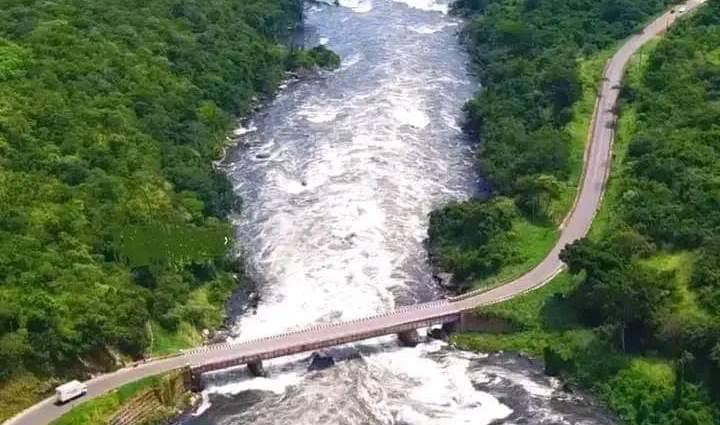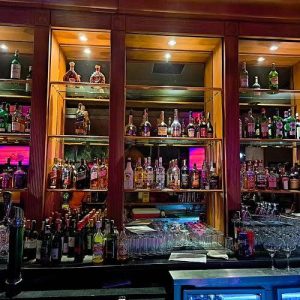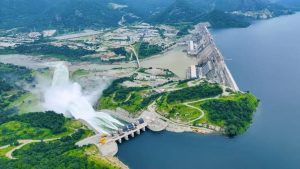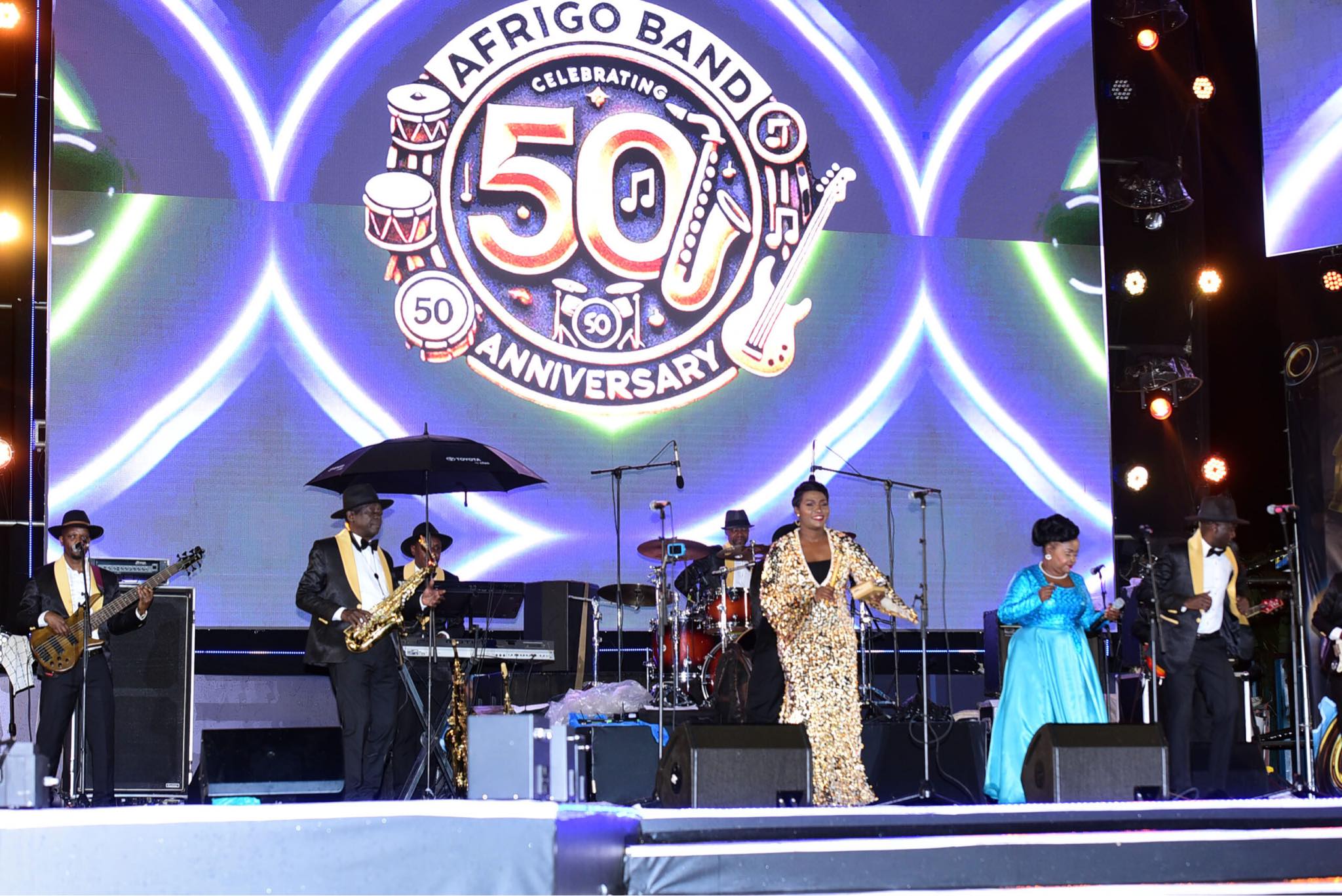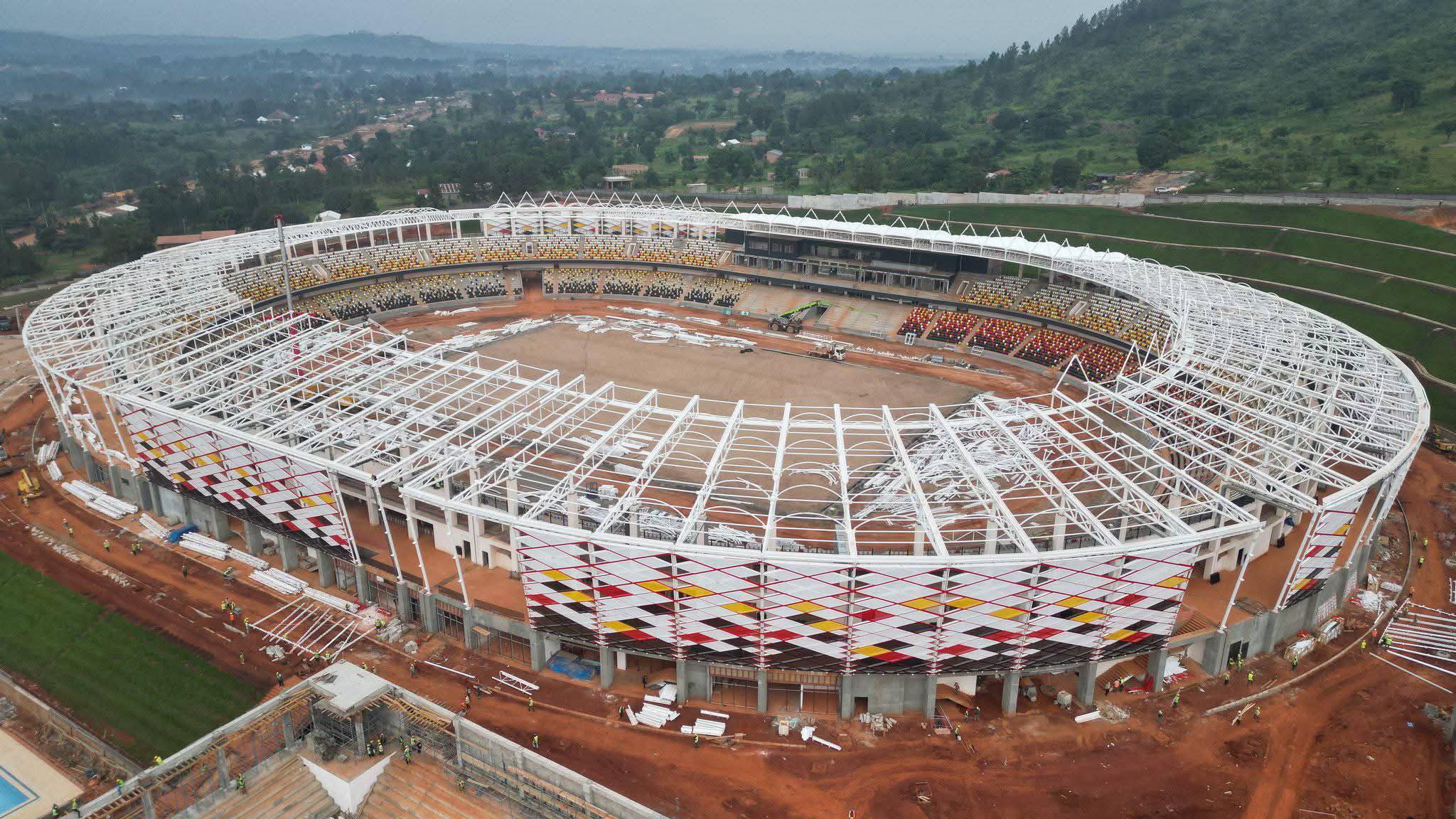#OutToLunch: Karuma bridge should be rebuilt with tourism in mind
By Denis Jjuuko
As you read this, the main bridge to northern Uganda has been closed to pave way for repairs. The authority responsible says that they need three months of zero disturbances from vehicular traffic. For some time, the bridge has only been accessible by small vehicles with trucks and buses diverted to other routes.
Originally constructed in 1963, the Karuma bridge has since outlived its purpose. It is too narrow for today’s traffic to the region and neighboring South Sudan and Democratic Republic of Congo (DRC). Access to the bridge is through winding corners, which could explain why some vehicles have in the past plunged into the river killing many people.
The long-term plan for Karuma should be a replacement bridge like what happened in Jinja over the same River Nile. However, Karuma should be different.
Recently, King Mswati III of Eswatini was in the country and stopped by the Jinja Nile bridge to take in the beauty of the majestic river and some photos. The bridge design doesn’t seem to have been fully planned for tourism. There was supposed to be a small restaurant on the bridge, a very small car parking area and what looks like a pathway people could stand. Nothing really much.
The restaurant has never been opened and hardly anyone stops to take in photos or view the imposing Nile. Like Karuma, the meanest soldiers are usually seen patrolling the bridges. Photography is not even easily permitted. I don’t know if this is to protect them from terrorists but any serious terrorist doesn’t need some photo taken on a smartphone to blow up a bridge.
The Jinja bridge is a landmark structure that could have brought in a lot of money if we had not, as usual, missed the chance. Some thinking was needed to turn it into a tourist attraction and not just as a bridge that eases traffic.
In many global cities that attract thousands of tourists, such bridges are planned with an eye on tourism. High-altitude walking ways that provide sightseeing are common. Towers with telescopes from which people could view the Nile snaking into Kayunga and beyond would have created magic.
Right now, all we offer for anyone who wants to explore the Nile in Jinja is largely a canoe that takes you to the point that is marked the Source of the River Nile. There is no proper marina, accessing the canoes is through a jungle of wooden dilapidated curio shops that make the entire place look like a slum. I don’t know how many tourists want to experience that.
Imagine ziplining on the Nile in Jinja for those who love adventure or sightseeing through a cable car. People would be lining up from all over the world to experience this. A proper restaurant that enables you to experience the Nile. I believe many young people would be proposing marriage here.
Karuma is even more beautiful than Jinja and could offer more. Imagine walking over a glass bridge that gives you a 360-degree view of the water falls? Imagine a sightseeing elevator that enables you to see River Nile cutting through the thick vegetation of the Murchison Falls National Park? And maybe even catch a few animals in the distance.
The Karuma 600MW power dam would even add more attractions to this area and most importantly the electricity required to power cable cars and sightseeing towers and elevators. We know that we now generate more electricity than we consume. It is stuff like these that will enable us consume that electricity while creating millions of sustainable jobs.
We are struggling to build another bridge at Katonga on the highway to Masaka, Tanzania, Rwanda and DRC. The NRM claims to have fond memories of Katonga given the battle that eventually led them to capture power in 1986. They went around at one stage and installed an ugly billboard that featured the late Muamar Gaddafi of Libya. Tired of its ugliness and lack of imagination, the termites ate it away!
Then the Katonga bridge collapsed. It has been a few years of a temporary bridge since. What about building an iconic bridge with a museum that tells that Katonga battle? Add in the legends of River Katonga from the Baganda who have lived there for hundreds of years and you have a sellable product to international tourists.
The guys at the Uganda National Roads Authority and other ministries and agencies particularly responsible for tourism need to work together to see how they can make bridges attract tourists. Money should not be a problem. They can ask Bank of Uganda to issue a bridge bond. It would be oversubscribed.
The writer is a communication and visibility consultant. djjuuko@gmail.com

